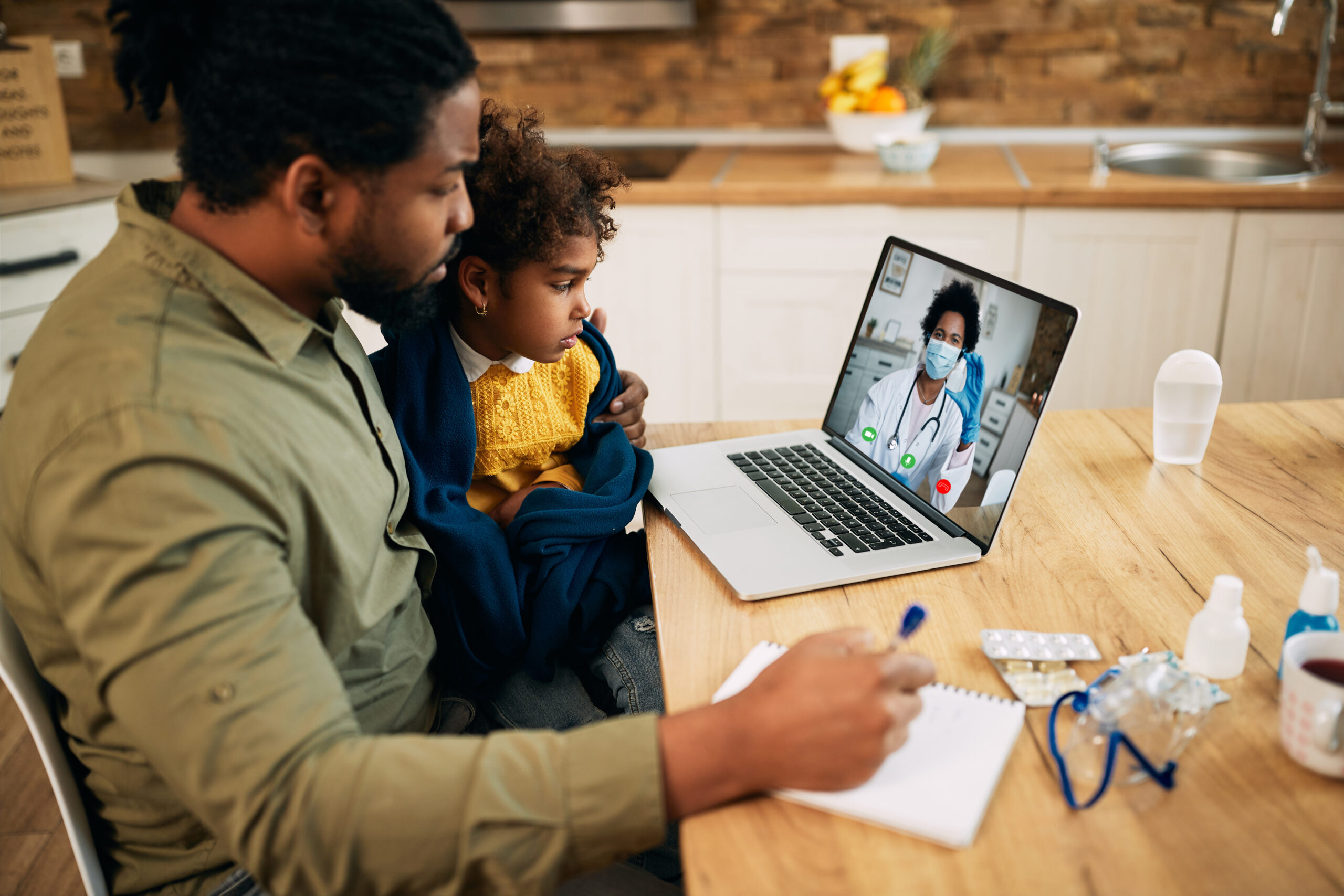In Underserved Urban Communities, Telehealth Is A Lifeline.
Telehealth grew rapidly in response to the COVID-19 pandemic and remains a popular resource for obtaining safe, lower-cost, and accessible care. Millions rely on virtual care access to attend their care appointments, including those in densely populated or underserved urban communities. In fact, according to data from the National Health Interview Survey, urban residents are eight percent more likely to conduct their appointments via telehealth.
Telehealth access has had a lasting impact on urban communities for several reasons, one of the greatest being the increase in health care access that it brings to traditionally underserved groups. In the U.S., Black adults are more likely to live in suburban and urban areas than rural ones and experience greater health disparities. Telehealth helps to bridge that care gap and supports reliable, affordable, and safe treatment options. For example, according to research from the University of Pennsylvania, the implementation of telehealth increased Black patients’ visit completion rates to 70 percent in June of 2020, up from 52 percent in January of 2020. With increased options for health care, telehealth helps combat equity gaps in follow-up appointment completion.
Providers are also benefiting from the implementation of telehealth programs. According to one survey from the Alliance for Connected Care, 78 percent of health care practitioners agree that being able to provide telehealth services from practitioner-convenient locations would “significantly reduce the challenges of stress, burnout, or fatigue.” Another survey from the Mayo Clinic found that 76 percent of physicians found that telehealth allows for increased flexibility over patient care, and 36 percent reported improved work-life balance through telehealth integration. Telehealth allows providers to choose the methods that work best for them, their patients, and the communities they serve.
Telehealth can also help providers get to know their community better, build rapport, and earn the trust of residents in neighborhoods that may be underserved. With residents of urban cities like Washington D.C., New York City, and Boston owning cars at a lower rate than in rural areas, driving to in-person appointments can be difficult, and public transportation can be unreliable, telehealth cuts hours of travel time and saves patients money on travel costs, creating a viable option for anyone to access care regardless of their income, background or location.
We urge Congress to pass solutions to make telehealth flexibilities first extended during the pandemic permanent to protect access to virtual care.
Learn more about how Congress can act now to safeguard access to telehealth HERE.

